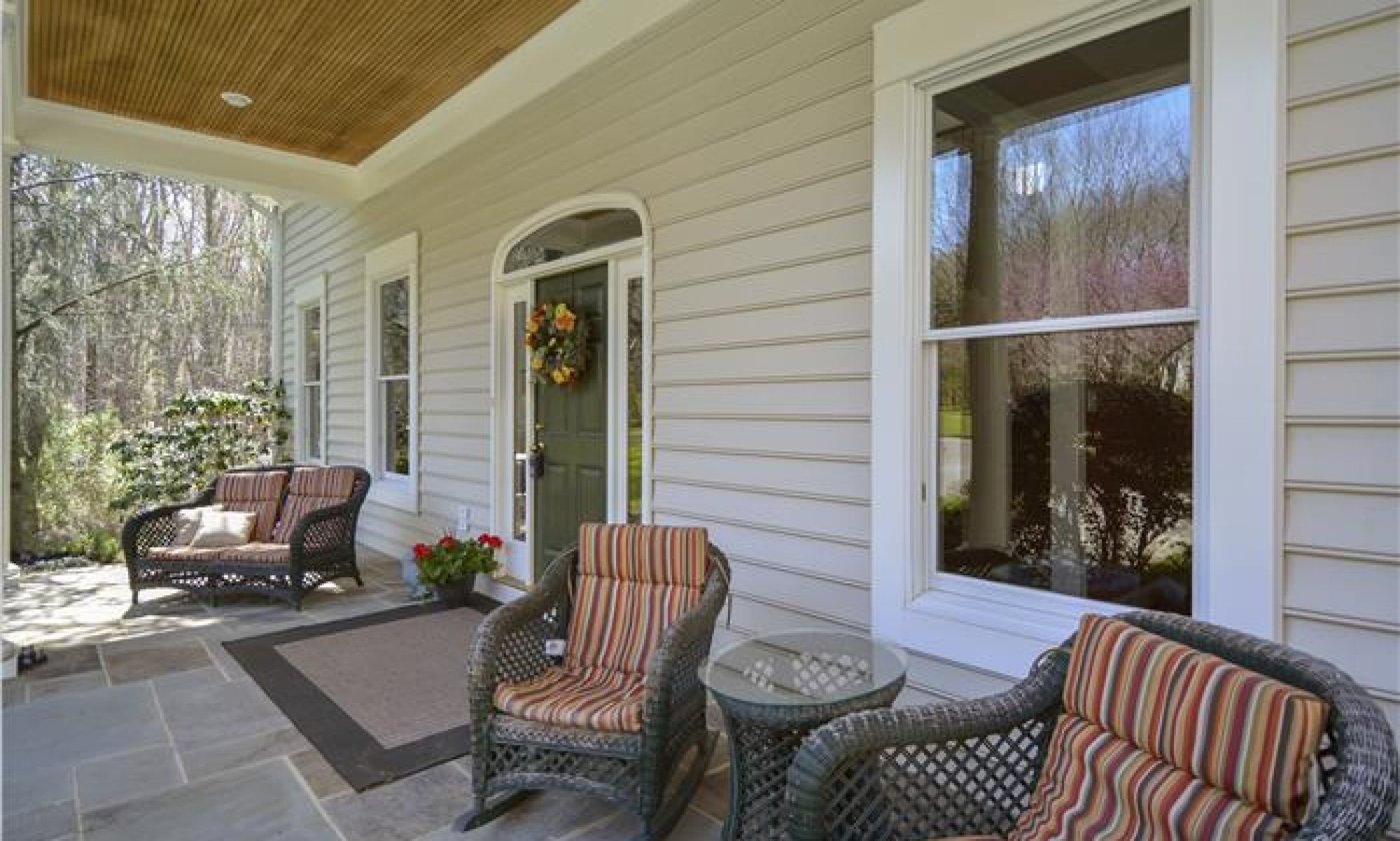
The current US economy just hit a milestone by becoming the longest stretch of economic growth in our Nation’s modern history. The expansion is now in the 121st month. The previous expansion record was 120 months, and occurred between March 1991 and March 2001. Most attribute the dot-com bubble as the precipitating event that ended that period of expansion. Many have been anticipating the end of the current expansion for several years. And they will eventually be correct when this period of economic growth inevitably ends in a downturn, recession, or correction. To prepare, experts suggest to start saving for the next market downturn.
Earlier this year, I wrote about housing market mini-cycles are different from a full-blown recession. Then (and now), housing indicators are mostly positive. Although the next next market downturn is unlikely to be caused by another housing crisis, it doesn’t mean that the housing market won’t be affected by other economic factors.
Whatever triggers the next recession will undoubtedly become an economic contagion that will spread across many industries, including housing. The chain of events are generally characterized as: consumer sentiment drops which causes people to spend less money which causes businesses to slow which results in unemployment. Home owners who lose their jobs may have difficulty in repaying their mortgages, and are at risk of default or losing their homes.
Lessons for the next market downturn
Economic and financial lessons are learned with each recession. The dot-com bubble recession in 2001 made many rethink the policy of raising interest rates when markets are signaling trouble. Many are still studying the Great Recession, but one of the take-aways is that job creation is key in economic growth and prosperity.
How will the next market downturn affect housing? The housing market typically responds to a recession through home price reductions. A NAR Economist’s Outlook from October 23, 2018 (How Do Housing Market Conditions Compare in 2004 and 2018?; nar.realtor) suggests that home prices will likely fall but not as sharply as we experienced in 2008. This is mostly due to home sale inventory and home prices. The housing market is much different than it was prior to the last recession. According to the latest NAR press release on existing home sales (nar.realtor), the median existing home sale price during May increased 4.8 percent. This is the 87th consecutive month of year-over-year gains. Additionally, home sale inventory remains at historic lows.
Start saving
A recent press release from the JPMorgan Chase Institute indicates that the conventional wisdom about mortgage default may be incorrect (jpmorganchase.com). The institute’s study was published in report “Trading Equity for Liquidity: Bank Data on the Relationship between Liquidity and Mortgage Default.” A major conclusion is that having three months of housing costs in reserve can save your home in the event of recession and job loss. This is counter to the conventional wisdom of the post-recession era policies of home buyers having “skin in the game” by making larger down payments. Having home equity is also not a guarantee of making mortgage payments. Home equity is relative to the housing market and home prices. The study concluded that “liquidity is a more useful predictor of mortgage default than home equity, income level, and payment burden—especially for borrowers with limited liquidity at closing.”
Even though the Great Recession officially ended ten years ago, the memories are still fresh. There will be eventually a recession or market correction. And the main concern for most home owners is how to prepare. Unfortunately, we can’t predict the exact timing and severity of a recession. However, most experts suggest saving and having several months of reserves in case of job loss.
By Dan Krell
Copyright © 2019
Original located at https://dankrell.com/blog/2019/07/12/next-market-downturn
If you like this post, do not copy; instead please:
link to the article
like it on facebook
or re-tweet.

Disclaimer. This article is not intended to provide nor should it be relied upon for legal and financial advice. Readers should not rely solely on the information contained herein, as it does not purport to be comprehensive or render specific advice. Readers should consult with an attorney regarding local real estate laws and customs as they vary by state and jurisdiction. Using this article without permission is a violation of copyright laws.





